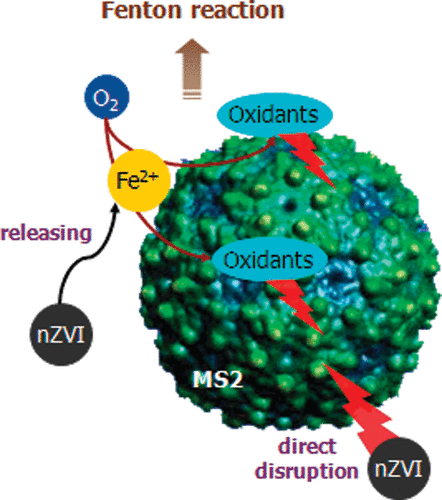Publication
Advanced Redox Technology Lab
Publication
Advanced Redox Technology Lab
Journal papers
This study demonstrates the inactivation of MS2 coliphage (MS2) by nano particulate zerovalent iron (nZVI) and ferrous ion (Fe[II]) in aqueous solution. For nZVI, the inactivation efficiency of MS2 under air-saturated conditions was greater than that observed under deaerated conditions, indicating that reactions associated with the oxidation of nZVI were mainly responsible for the MS2 inactivation. Under air-saturated conditions, the inactivation efficiency increased with decreasing pH for both nZVI and Fe(II), associated with the pH-dependent stability of Fe(II). Although the Fe(II) released from nZVI appeared to contribute significantly to the virucidal activity of nZVI, several findings suggest that the nZVI surfaces interacted directly with the MS2 phages, leading to their inactivation. First, the addition of 1,10-phenanthroline (a strong Fe(II)-chelating agent) failed to completely block the inactivation of MS2 by nZVI. Second, under deaerated conditions, a linear dose–log inactivation curve was still observed for nZVI. Finally, ELISA analysis indicated that nZVI caused more capsid damage than Fe(II).
